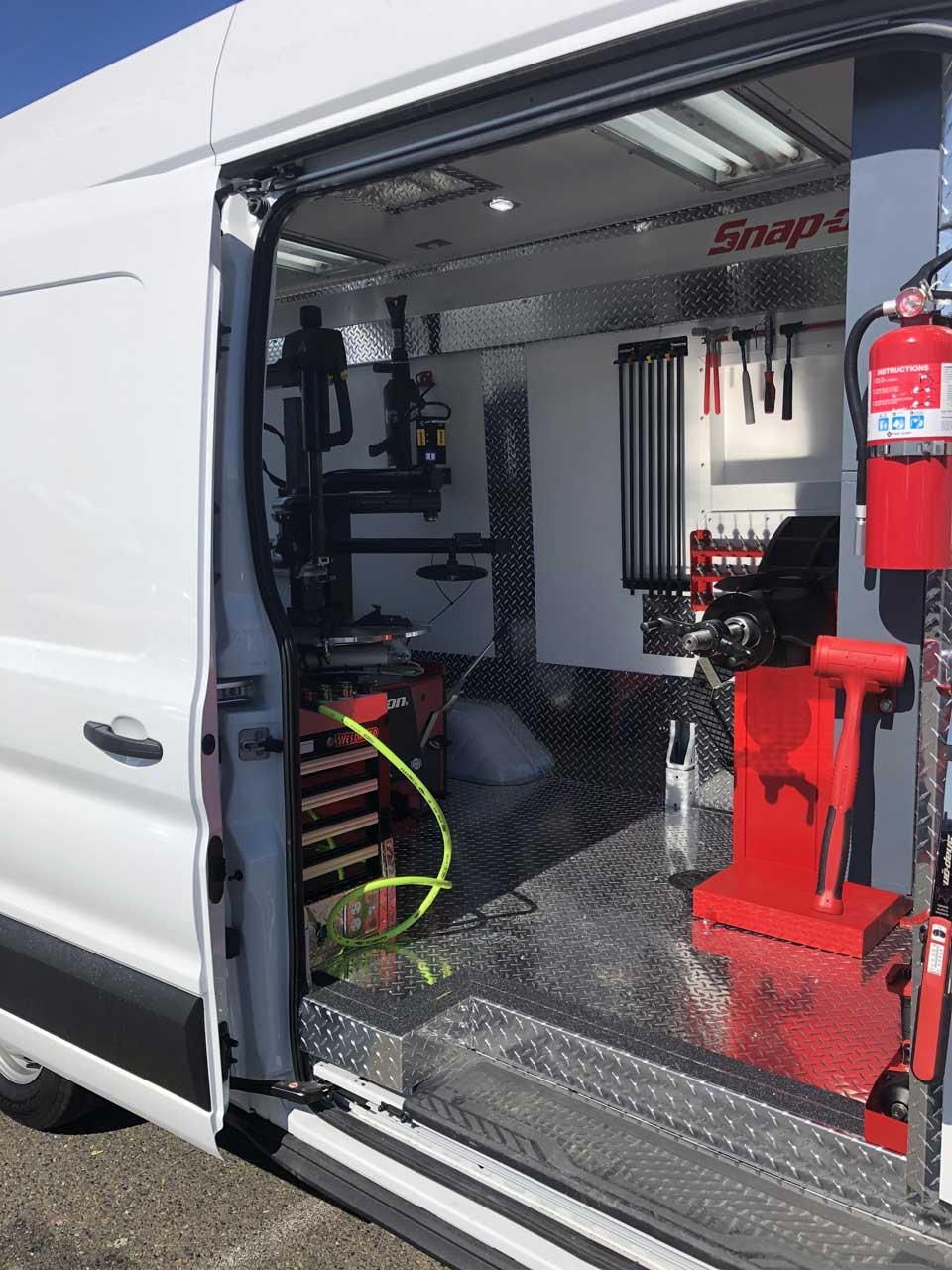Tire Solution: Proven Techniques for Optimum Tire Upkeep and Care
Keeping ideal tire problem is vital for both safety and security and performance of any type of vehicle. From ensuring proper tire pressure to normal rotation and positioning, there are tested approaches that can considerably prolong the lifespan of your tires and improve overall driving experience. As we discover the complexities of tire care and upkeep, we will uncover crucial guidelines that every automobile proprietor need to comply with for the ideal possible outcomes. Allow's look into the globe of tire solution and uncover the keys to keeping your tires in top-notch shape for the long run.
Value of Tire Pressure
Correct tire stress is an essential consider making sure optimal car performance and safety and security when traveling. Maintaining the suggested tire stress degrees given by the supplier provides many advantages. To start with, adequate tire pressure advertises far better gas effectiveness, as under-inflated tires can cause increased rolling resistance, triggering the engine to function harder and take in more fuel. Correct tire stress makes certain also tread wear, enhancing tire long life and conserving money in the lengthy run by postponing the demand for early replacements. Furthermore, correctly inflated tires contribute to enhanced handling and stopping capabilities, important for safe driving in numerous roadway conditions. Over-inflated tires, on the other hand, can result in minimized traction and a harsher trip. Conversely, under-inflated tires are susceptible to overheating, which can lead to crashes and blowouts. Frequently adjusting and inspecting tire stress, particularly soon journeys, is a simple yet efficient means to boost automobile efficiency, extend tire lifespan, and prioritize safety and security when traveling.
Tire Turning Standards
When taking into consideration tire turning guidelines, it is important to recognize the importance of this maintenance task in making best use of tire lifespan and preserving ideal car efficiency. Tire turning involves changing the setting of each tire on a lorry to ensure also tread wear. Front tires have a tendency to use more quickly than back tires as a result of guiding pressures, making routine turning vital for well balanced wear patterns. The recommended turning pattern varies relying on whether a car is front-wheel, rear-wheel, all-wheel, or four-wheel drive. Normally, tires need to be rotated every 5,000 to 7,500 miles, or as encouraged in the automobile manual. Neglecting tire turning can result in uneven wear, impacting handling, traction, and possibly compromising automobile safety and security. By sticking to proper rotation standards, vehicle drivers can expand the life of their tires, enhance gas effectiveness, and boost overall driving experience. Regular turning is an easy yet effective maintenance technique that adds considerably to tire long life and car efficiency.

Advantages of Wheel Placement
Making sure appropriate wheel placement after tire rotation is crucial for keeping balanced wear patterns and maximizing automobile efficiency. Additionally, right wheel positioning aids to extend the lifespan of your tires. Misaligned wheels can create uneven tire wear, leading to early tire substitute and boosted upkeep prices.

Tire Tread Deepness Examine
Executing a normal my link evaluation of tire step depth is essential for preserving risk-free driving problems and lengthening the life-span of your tires. Uneven walk wear can show concerns with tire stress, placement, or suspension, highlighting the importance of normal step depth checks. By integrating tire step deepness checks into your routine upkeep routine, you can drive with confidence knowing that your tires are in leading condition.
Seasonal Tire Evaluation
A comprehensive evaluation of tire problem customized to specific climate condition is vital for maintaining ideal performance and safety and security throughout the year. Seasonal tire examination is a fundamental facet of tire maintenance that ensures tires are all set to face the obstacles positioned by various climate conditions. To prepare for winter months, it is essential to inspect the tire stress regularly as cold temperature levels can cause tire pressure to drop. Inspecting tire walk deepness is also essential to ensure appropriate traction on snow and frozen roadways. Additionally, looking for indicators of deterioration, such as splits or bulges, can assist avoid prospective tire failings. As the seasons adjustment, it is necessary to analyze tire condition and make any kind of essential modifications to ensure risk-free driving. By conducting regular seasonal tire assessments, motorists can prolong tire lifespan, improve fuel efficiency, and most significantly, make sure a safe driving experience in differing climate problems - Mobile Tire Service Las Vegas.
Verdict
To conclude, maintaining appropriate tire stress, rotating tires consistently, aligning wheels properly, checking walk deepness, and conducting seasonal evaluations are necessary methods for optimum tire care. By complying with these proven approaches, drivers can ensure their tires last longer, perform much better, and add to total lorry safety and security. It is necessary to prioritize tire maintenance to protect against accidents, enhance fuel performance, and lengthen the lifespan of tires.
Adequate tire stress promotes better fuel efficiency, read what he said as under-inflated tires can lead to increased rolling resistance, triggering the engine to work harder and eat even more gas.When considering tire rotation guidelines, it is crucial to understand the significance of this upkeep task in optimizing tire lifespan and maintaining optimal vehicle efficiency. Seasonal tire assessment is an essential element of tire upkeep that makes certain tires are prepared to encounter the challenges presented by different weather problems. By conducting routine seasonal tire examinations, motorists can prolong tire life-span, enhance gas performance, and most importantly, make sure a safe and secure driving experience in differing climate conditions.
In conclusion, keeping correct tire stress, turning tires consistently, lining up wheels properly, monitoring step deepness, and carrying out seasonal examinations are essential methods for optimal tire treatment.